Scientific name Rhizobium | Higher classification Rhizobiaceae | |
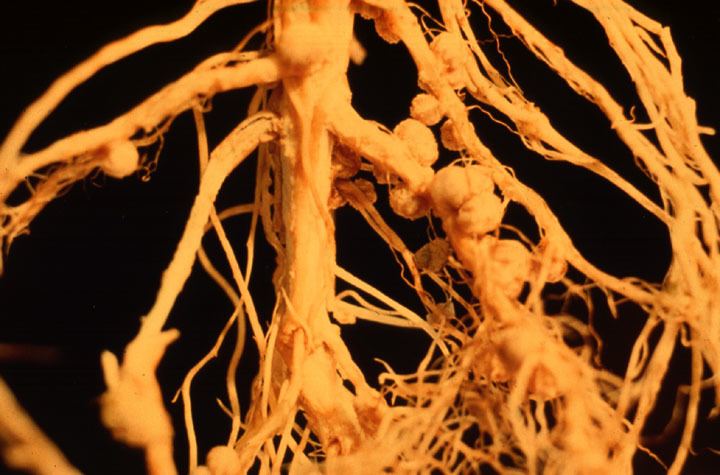 | ||
Similar Bacteria, Azotobacter, Bradyrhizobium, Rhizobium leguminosarum, Legumes | ||
Rhizobium is a genus of Gram-negative soil bacteria that fix nitrogen. Rhizobium species form an endosymbiotic nitrogen-fixing association with roots of legumes and Parasponia.
Contents
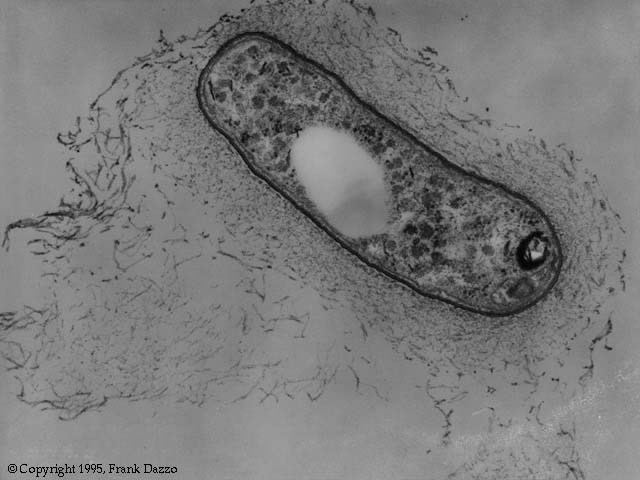
The bacteria colonize plant cells within root nodules, where they convert atmospheric nitrogen into ammonia and then provide organic nitrogenous compounds such as glutamine or ureides to the plant. The plant, in turn, provides the bacteria with organic compounds made by photosynthesis. This mutually beneficial relationship is true of all of the rhizobia, of which the Rhizobium genus is a typical example.
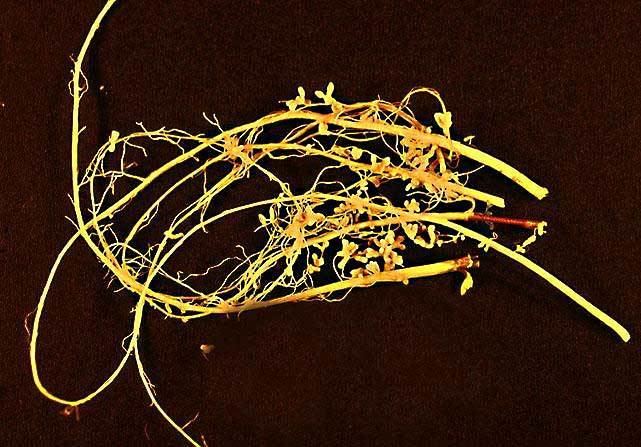
Legumes and rhizobium bacteria sharon long stanford
History
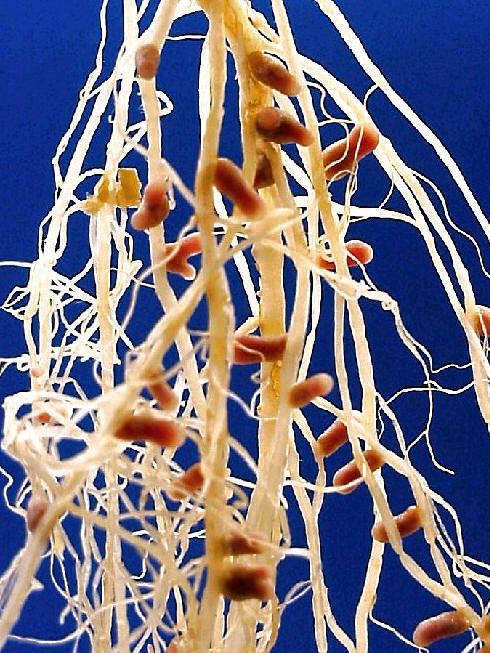
Beijerinck in the Netherlands was the first to isolate and cultivate a microorganism from the nodules of legumes in 1888. He named it Bacillus radicicola, which is now placed in Bergey's Manual of Determinative Bacteriology under the genus Rhizobium.
Research

Rhizobium forms a symbiotic relationship with certain plants such as legumes, fixing nitrogen from the air into ammonia, which acts as a natural fertilizer for the plants. Current research is being conducted by Agricultural Research Service microbiologists to discover a way to use Rhizobium’s biological nitrogen fixation. This research involves the genetic mapping of various rhizobial species with their respective symbiotic plant species, like alfalfa or soybean. The goal of this research is to increase the plants’ productivity without using fertilizers. [1]

In molecular biology, Rhizobium has also been identified as a contaminant of DNA extraction kit reagents and ultrapure water systems, which may lead to its erroneous appearance in microbiota or metagenomic datasets. The presence of nitrogen fixing bacteria as contaminants may be due to the use of nitrogen gas in ultra-pure water production to inhibit microbial growth in storage tanks.
Phylogeny
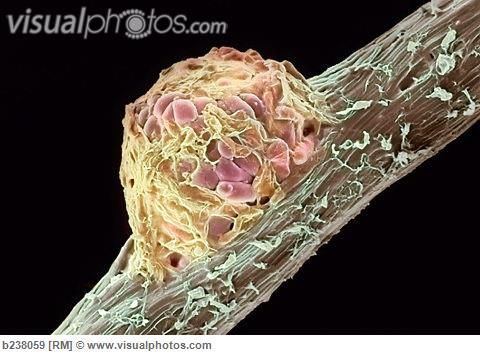
The currently accepted taxonomy is based on the List of Prokaryotic names with Standing in Nomenclature (LPSN) and National Center for Biotechnology Information (NCBI) and the phylogeny is based on 16S rRNA-based LTP release 106 by The All-Species Living Tree Project
